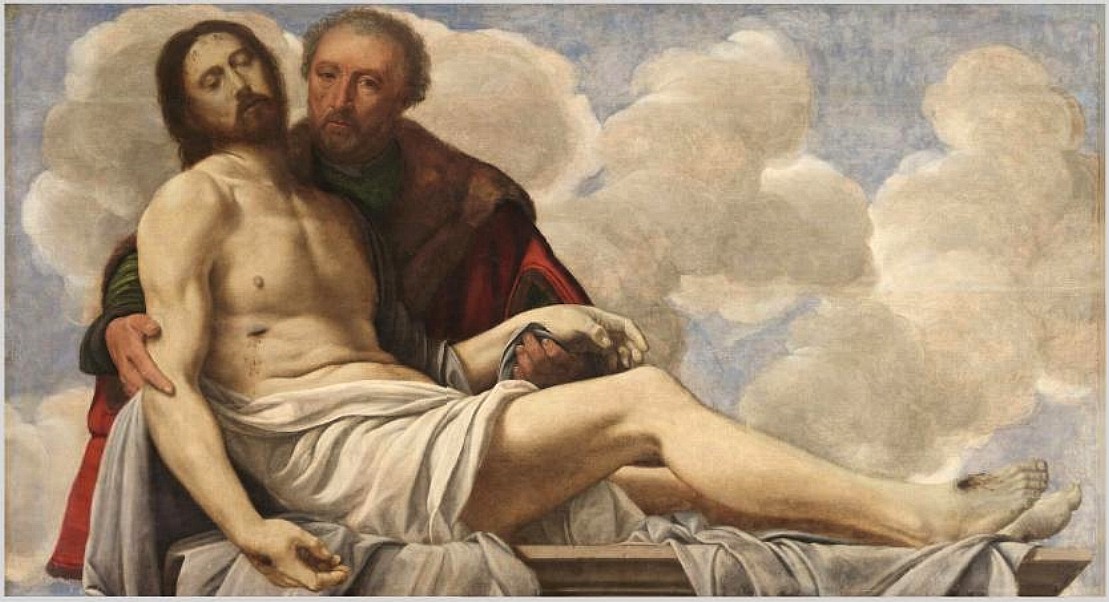Inspiration is like lightning—it’s difficult to predict
where it will strike.
A few years ago, while attending the funeral of Wilbur Waters--a man I’d known only as an acquaintance--inspiration hit.
When I first met Wilbur several years ago, it didn’t occur to me to consider the life he had lived or what he'd once looked like. He was, in my mind, exactly what I saw before me—a friendly, elderly man no longer strong enough to walk.
A few years ago, while attending the funeral of Wilbur Waters--a man I’d known only as an acquaintance--inspiration hit.
When I first met Wilbur several years ago, it didn’t occur to me to consider the life he had lived or what he'd once looked like. He was, in my mind, exactly what I saw before me—a friendly, elderly man no longer strong enough to walk.
There is a certain hierarchy at funerals when it comes to
seating. Those closest to the deceased
sit at the front of the chapel, good friends come next, friends and neighbors after
that, and those who sort of knew the person edge in at the back, which is where
I sat.
Grabbing a program off a table in the lobby, I slipped in
half way through the opening hymn, keeping my head low. Wilbur had been a big guy (easily 6’5”) and
had been blessed with a big family who loved him. As the tributes began, I looked at the
program and, for the first time, saw a photograph of Wilbur as a young man. My mouth fell open. I hadn’t expected him to look so . young.
It’s easy to not consider the entirety of a life, and, unwittingly, I'd done this with Wilbur. I saw him in his electric wheelchair, never thinking that as a young man he could effortlessly load watermelons into the back of a truck, tossing them like they were as light as soccer balls. It hadn’t occurred to me to consider who he had been.
Old age is something we, at least in America, often mock. Just yesterday,
Peter (8), wearing Groucho Marx glasses and a fedora, hobbled toward me, and
said in a craggy voice, “Good evening, I’m fifty-two.” When I said, “Hey, I’m fifty two!,” he tried
again. “Good evening, I’m fifty-three.” Clearly, Peter sees age as a slippery,
steep slope. And maybe it is. I'll let you know if at fifty-three I'm hobbling around and sporting a fedora.
Anyway, when I attended Wilbur’s funeral I was at the start of
writing another book and was trying to flesh out a character named Walt. At writing conferences, I had heard authors
talk about the work they put into rounding out their characters. One author explained how she found pics on
Pinterest of people who fit the look she was going for, then stuck the pics up
in her office so that as she wrote she could refer to them.
I looked at the photo of Wilbur as a young man and knew I’d
found my Walt. Before seeing Wilbur’s
photo, I had known certain things about Walt. I'd known he was an Idaho farmer, and that he was tall and strong
and had a tendency to fly off the handle.
I knew he was protective of those he cared about, and stubborn. That he had light hair and broad shoulders,
but it wasn’t until I looked at Wilbur’s photo that I could see Walt. When I got home I folded the funeral program
in half and taped it in front of my desk, and when I wrote about Walt, I’d
glance at it. I glanced at his photo as
I wrote Lana’s thoughts as she met Walt for the first time.
It wasn’t just that he
was good looking, though he was certainly that, there was something familiar in
his intense brown eyes, something strangely reminiscent about the slope of his
slender nose and the curve of his lips, the rightness of the top of my head
reaching just to his shoulders….
At some point during the revision process, the photo of
Wilbur was no longer needed, Walt was alive in my head, and I took it down and
soon forgot it had ever been there.
Recently, while attending a wedding, I was exchanging small talk with
one of Wilbur’s sons. He asked me about
my latest book. The conversation went
sort of like this:
Glen: Hey, what’s going
on? I need to pick up your new book!
Me: Yeah, it’s out
there doing its thing.
Glen: Almost bought
it while I was in Utah.
Me: Well, you can’t
buy everything where would you put it.
Glen: Anything interesting to tell me?
Me: Um…nope.
And that was it. It
didn’t cross my mind to tell him, Hey! I
had your dad’s funeral program stuck on my wall for a year while I wrote that
book you almost picked up! Wilbur had
become Walt, and I had forgotten the source of inspiration for his
physical characteristics!
Not only is this proof I suck at small talk (that would have
been fun to share!) but also that at some point characters live and breathe, and
become their own people, and it’s easy to forget the process you went through
to bring them to life.
Many thanks to the Water's family for including a photo of their father as a young man in his funeral program and for being such an amazing family. The story about Lana and Walt, Brush With Love, is now a Whitney Award finalist, which is very exciting for me.
Right now, I’m writing another story, and trying to figure out what the male character looks like. It will be interesting to see where inspiration strikes this time.
Right now, I’m writing another story, and trying to figure out what the male character looks like. It will be interesting to see where inspiration strikes this time.






